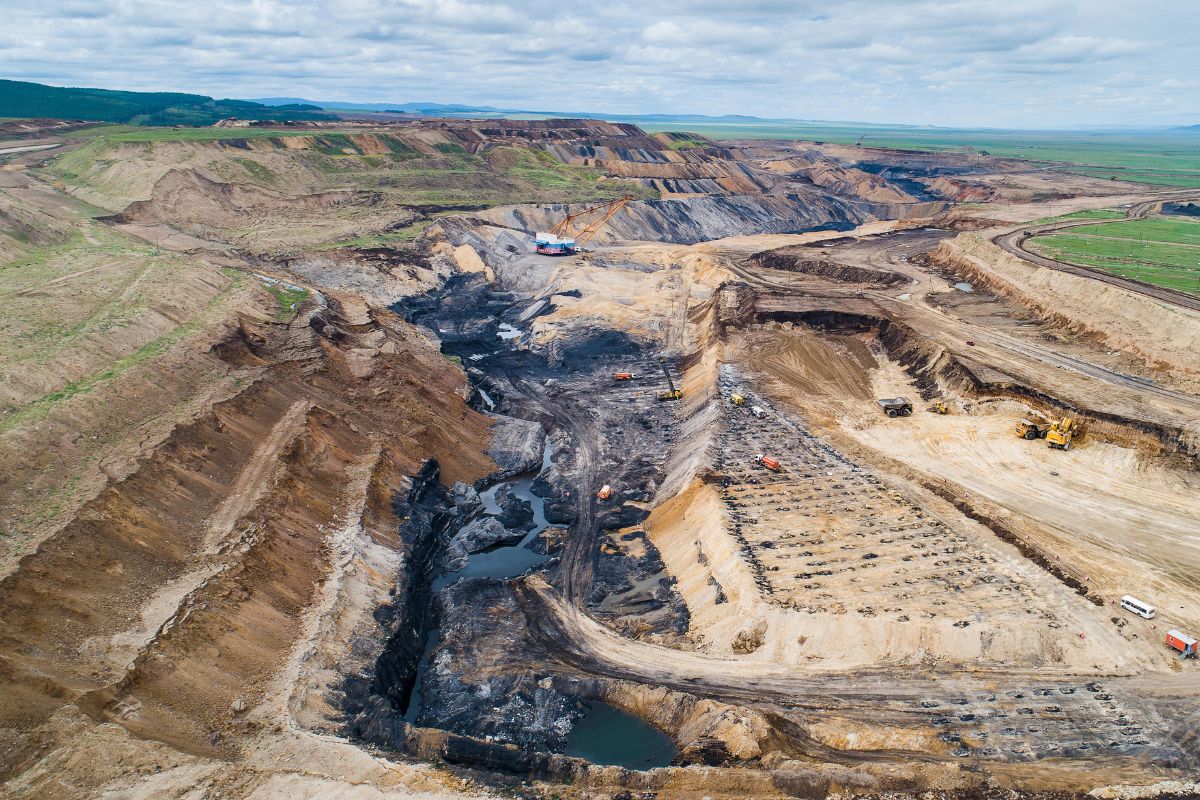Show table of content Hide table of content
In a remarkable geological discovery, explorers have uncovered what experts are calling the most significant mineral deposit of the past three decades. This massive treasure trove contains approximately 13 million tons of copper, 32 million ounces of gold, and 659 million ounces of silver, nestled within the majestic Andean mountain range between Argentina and Chile. The find has sparked excitement among industry leaders and could potentially reshape global resource dynamics.
Unprecedented mineral wealth discovered in the Andean region
The extraordinary deposit, located in the Vicuña mineral region spanning from Argentina’s San Juan province to Chile’s Atacama region, represents a discovery of monumental proportions. Jack Lundin, Executive Director of Canadian-based Lundin Mining, describes it as “the largest discovery of its kind in thirty years.” His company co-leads this ambitious project alongside Australian mining group BHP, bringing together significant international expertise.
Two major deposits have been identified within the Vicuña sector: Filo del Sol and Josemaría. Their combined potential immediately positions this area among the world’s top ten known copper reservoirs. Industry analysts note that the discovery could transform the regional economy and potentially redraw global natural resource balances.
“We’re not just talking about an open-pit copper site with the highest grade in the world, but a mine capable of becoming one of the largest gold and silver producers globally,” Lundin Mining emphasized in their statement. This tri-metal combination makes the find particularly valuable in today’s resource markets.
The story echoes other remarkable mineral discoveries throughout history, including instances where unexpected gold discoveries have occurred in unlikely places, though this Andean find results from deliberate exploration rather than chance.
Geological wonders behind the massive deposit formation
Beyond their market value, these precious metals fascinate scientists because of their geological origins. The spectacular deposits resulted from titanic phenomena occurring deep within the Earth. The collision of tectonic plates generated a rise of molten rocks, which transported mineral-laden fluids through fractures in the Earth’s crust.
As these mineral-rich fluids cooled, they crystallized and formed valuable metallic veins throughout the mountain range. This process, occurring over millions of years, created one of the richest mineral concentrations discovered in recent history. The unique geological conditions of the Andes make them particularly favorable for such formations.
Science This strange red lake in Tanzania turns animals to ‘stone’.
The Andean mountain range has long been known for its mineral wealth, but this discovery surpasses previous finds in both scale and concentration. The region’s dramatic landscapes, formed by the same geological forces that created these deposits, have often challenged explorers. Many adventurers have found themselves navigating the treacherous Andean terrain while searching for resources or simply exploring this magnificent mountain range.
Technical evaluations of the site continue, with a comprehensive report expected in the first quarter of 2026. This analysis will detail exploitation strategies, economic projections, and critical social and environmental impact assessments that will guide the development process.
Strategic importance for global technology and green energy
These metals play fundamental roles in the global economy, particularly as the world transitions toward greener technologies. Copper remains essential for renewable energy infrastructure, electric vehicles, and power grids. With the push toward sustainable energy solutions, copper demand continues to rise steadily.
Silver finds massive application in electronics, solar panels, and medical technologies. Its unique properties make it irreplaceable in many high-tech applications. Gold maintains its position as a critical component in computing, aerospace, and medical devices, beyond its traditional role as a store of value.
Industry experts predict that demand for these metals will increase substantially in coming decades as technology advancement accelerates. The timing of this discovery coincides with growing concerns about resource scarcity and supply chain security for critical minerals, making it particularly significant.
The extraction process will require significant technological innovation. Some mining operations already employ advanced technologies, with researchers even developing systems that can operate in extreme conditions – not unlike those used by scientists who explore underwater environments for extended periods.
Economic transformation and community impact
The potential economic impact on local communities could be transformative. Experts anticipate a wave of foreign investments, thousands of direct and indirect jobs, and significant infrastructure development in a region historically marginalized from economic opportunities.
“This represents a unique opportunity for Argentina and Chile to modernize their transportation networks, educational systems, and health structures,” notes an economic analyst familiar with the project. The development could create a new industrial hub in an area previously known primarily for agriculture and tourism.
Science 50 years later, a quantum mystery has finally been solved.
Local populations express hope that this resource abundance will genuinely benefit communities, particularly in rural areas. Historical mining developments have sometimes failed to distribute benefits equitably, and residents advocate for inclusive development models that prioritize sustainable local growth.
The dual-nation nature of this discovery also presents unique opportunities for regional cooperation. Argentina and Chile share not only this mineral wealth but also the responsibility to manage it sustainably, potentially creating a model for cross-border resource development.
As technical assessments continue through 2025, both countries prepare for what could become the most significant mining development in the region’s history. The project’s success will ultimately be measured not just by the wealth extracted, but by how effectively that wealth transforms the region while protecting its natural environment.


